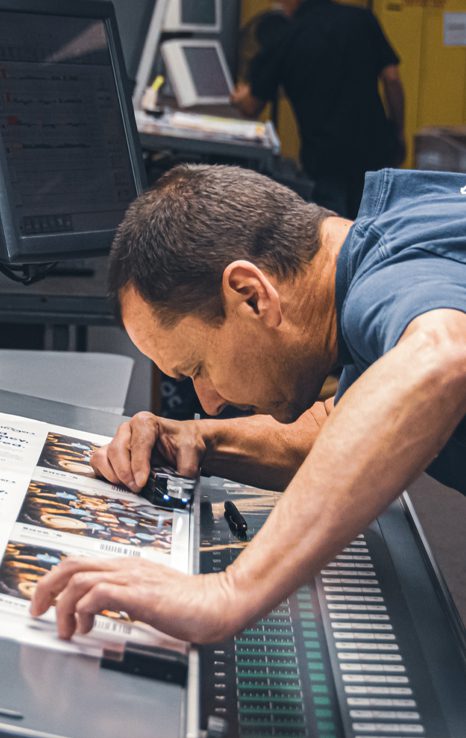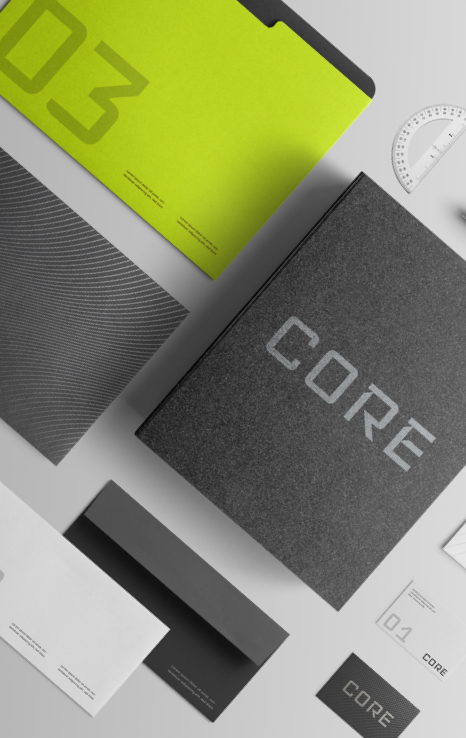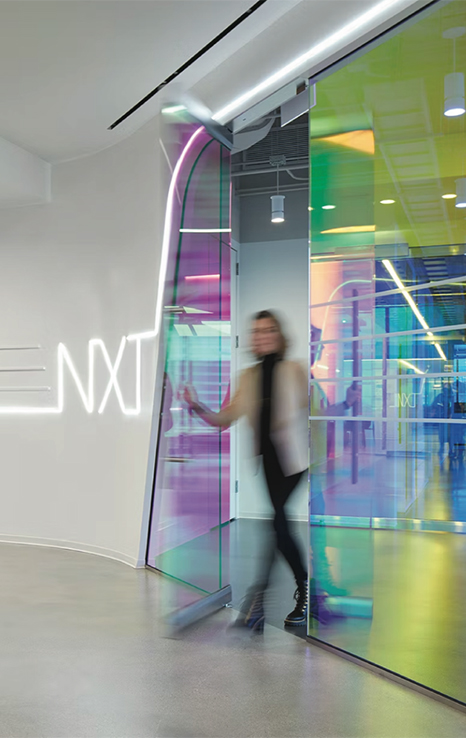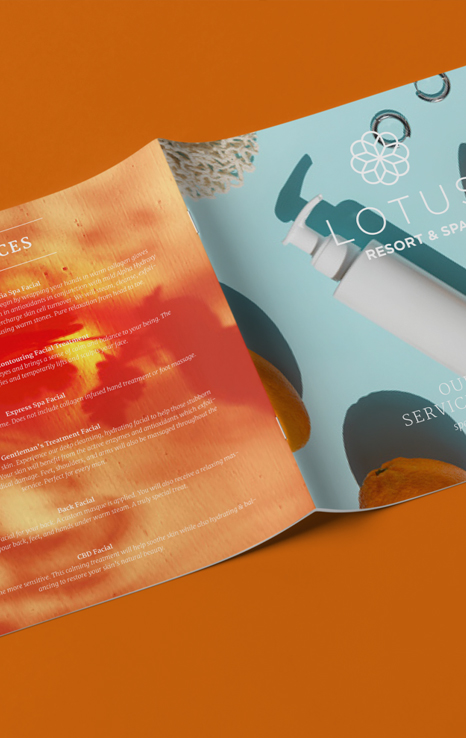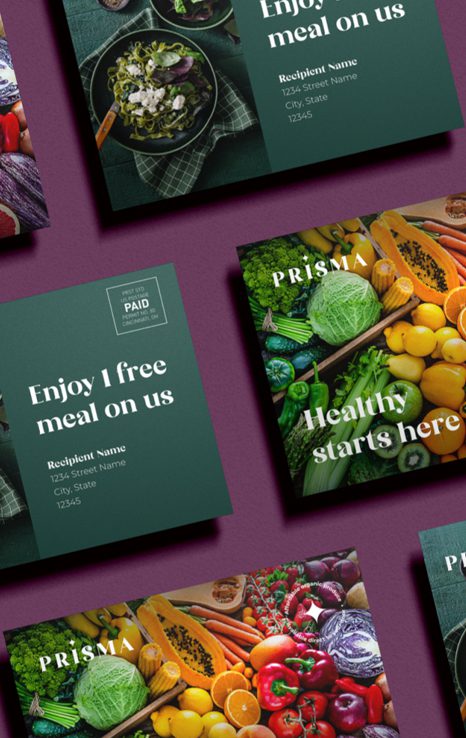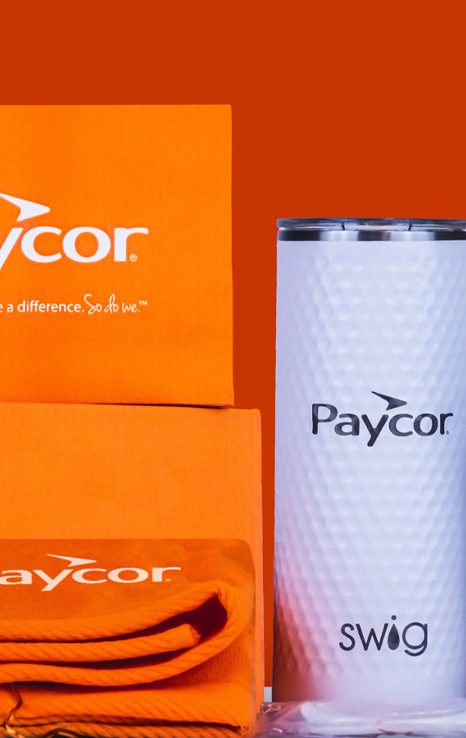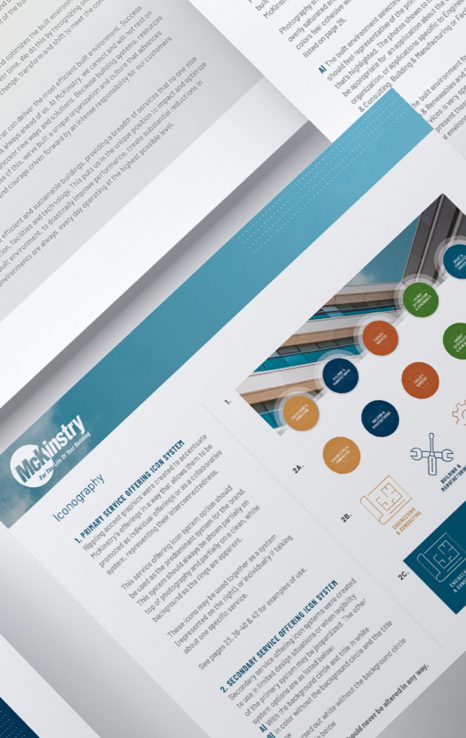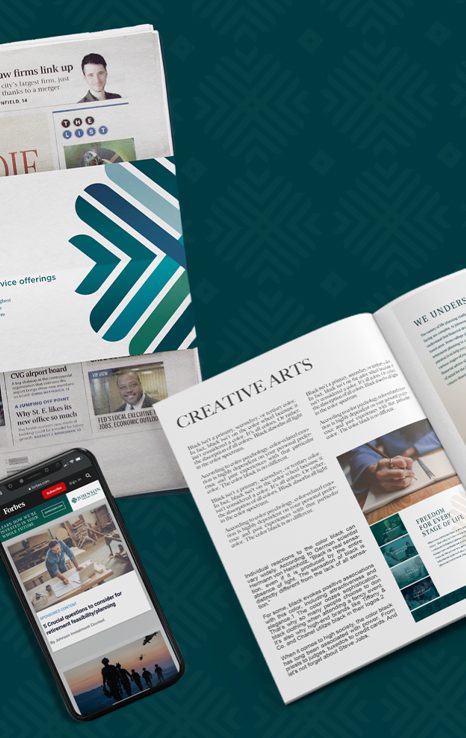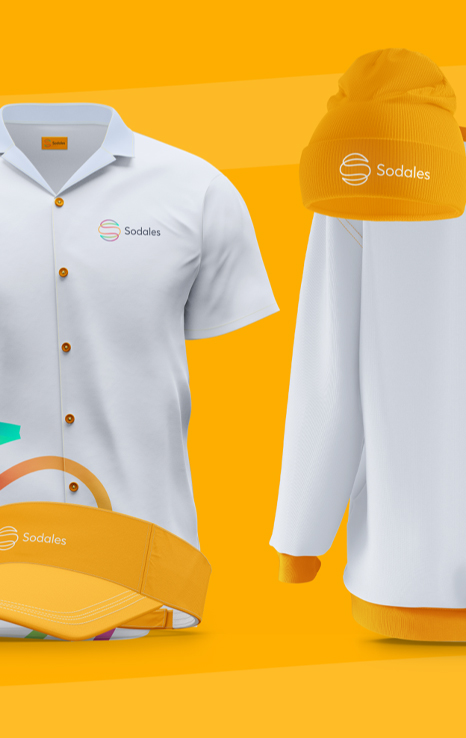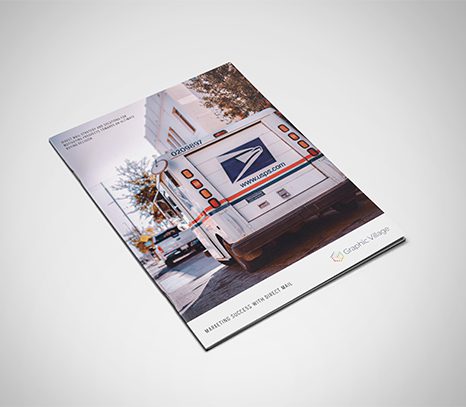Rediscovering the Tangible
In an era dominated by screens and swipes, it’s easy to assume that digital marketing holds all the cards. But recent research and neuroscience tell a different story—one where the tactile nature of print offers unmatched emotional resonance, cognitive engagement, and brand memorability. From the neuroscience of touch to consumer preferences and brand strategy, print is proving itself not just relevant, but essential.
Touch and the Brain: A Deep Connection
According to The Neuroscience of Touch by Sappi and Dr. David Eagleman, more than half of the brain is devoted to processing sensory experience, with a significant portion dedicated to touch. Our hands, rich in tactile receptors, act as extensions of the brain, converting mechanical energy into electrical impulses that shape perception and memory. This embodied cognition means that what we touch influences how we think and feel—even subconsciously.
- Touch creates emotional connections and leaves a “haptic trail” in memory.
- Physical interaction with objects (like paper) triggers the Endowment Effect, increasing perceived value and ownership.
- Incidental touch—such as holding a warm cup—can influence unrelated judgments, like perceiving someone as “warm.”
Print vs. Digital: Cognitive and Emotional Advantages
Digital media may be fast and convenient, but it lacks the depth of engagement that print offers. Studies cited in the Sappi guide and echoed in the Love Paper article show that:
- Comprehension and retention are significantly better with printed materials.
- Mental mapping is easier with paper, aiding memory and understanding.
- Distraction-free reading on paper fosters deeper focus and emotional resonance.
The Two Sides Trend Tracker 2025 survey reveals that 58% of consumers believe students learn better using printed materials, and 65% prefer printed books over digital formats. Even in the age of digital natives, paper remains the preferred medium for learning, trust, and clarity.
Brand Strategy: Print as a Multi-Sensory Experience
In her article for Print Magazine, Vicki Strull argues that print was never dead—it was simply misunderstood. Brands are now rediscovering the power of tactile engagement through packaging, catalogs, and print ads. She emphasizes that:
- Print creates unforgettable emotional connections through texture, weight, and finish.
- Prototyping in print forces designers to consider real-world constraints and sensory impact.
- The unboxing experience becomes a brand story in itself, as seen with Apple and BMW’s haptic branding strategies.
Sustainability and Trust
Print isn’t just powerful—it’s sustainable. Paper is recyclable, biodegradable, and made from renewable resources. Consumers trust printed materials more for important communications like medical information and financial statements. In a world of fleeting digital impressions, print offers permanence and reliability.
The Medium Shapes the Message—and the Mind
Print marketing taps into our deepest cognitive and emotional pathways. It’s not just about nostalgia or aesthetics—it’s about neuroscience, psychology, and strategic communication. As digital fatigue grows, the tactile nature of print offers a refreshing, effective, and enduring alternative.
Whether you’re a brand strategist, educator, or marketer, it’s time to rethink the role of print—not as a relic, but as a renaissance.
Sources:
Eagleman, David. The Neuroscience of Touch. Sappi North America, 2023. (PDF document provided by user)
Strull, Vicki. “For 21st Century Brands, Digital’s Not All That.” Print Magazine, 2023
“Print Matters: Consumers Prefer Paper for Learning, Trust, and Everyday Life.” Love Paper, 2023






